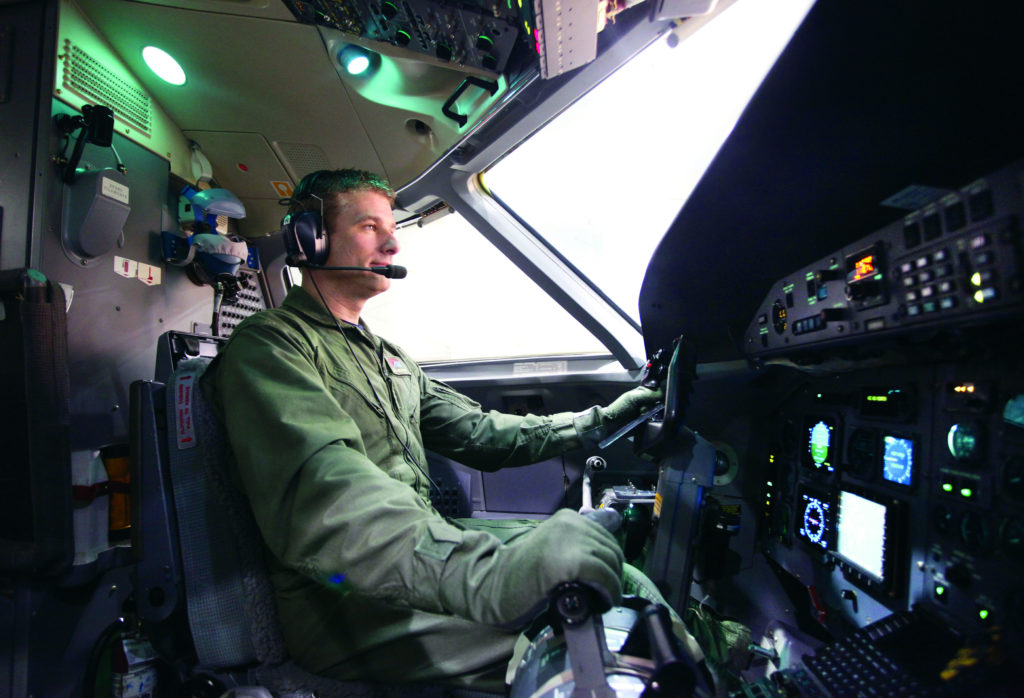Estimated reading time 3 minutes, 5 seconds.
At its annual general meeting held on Nov. 14 during the association’s conference in Vancouver, B.C., members of the Air Transport Association of Canada (ATAC) unanimously adopted a resolution voicing their collective resistance to pending government regulations concerning pilot flight and duty time.

The resolution will be delivered to Transport Minister Marc Garneau, who is spearheading the proposed package of regulatory changes. The new rules were published in Canada Gazette Part I on July 1, 2017, but have yet to appear in final form in Canada Gazette Part II.
ATAC and its 178 members–including 78 aviation operations across the country–has long maintained that a “one size fits all” approach to managing pilot fatigue does not work in a Canadian aviation industry composed of many unique sectors.
In his remarks at the meeting, ATAC president John McKenna noted the association has mounted a very aggressive government relations campaign. The goal is to educate elected politicians and bureaucrats about why the same set of regulations cannot be applied to a northern medevac provider and a national commercial airline, for example.
The resolution prepared for the government lists a number of objections to the new regulations. Among them, the association says the new rules “don’t provide a measurable gain in safety.”
ATAC also contends that complying with the new rules as written will mean operators will be forced to hire 30 per cent more pilots to maintain the same level of service. This will come at a time when Canada is facing its most severe pilot shortage in decades, and the end result could be increased airfares and/or a reduction in service for many smaller communities.
“These regulations do not appropriately address the realities of Canada’s immense size, threaten service to our most remote and northern communities, and undermine the maintenance of safe, affordable and accessible air travel,” reads the resolution document.
It also states that ATAC is not opposed to revisiting flight and duty time regulations and supports a science-based regime. The association is offering to work with government to find viable solutions “which would minimize the impact on service and safety to Canadians.”
The resolution calls upon government to delay the implementation of revised flight and duty time regulations until industry consultation and further analysis can be completed, and a new set of draft regulations prepared.









Fatigue does not affect differently pilots because they work for X or Y company.
I am a Captain flying heavy jet and I did fly for smaller companies in my career.
Fatigue is the most important safety issue. The only wish of these companies owners are to protect their monetary insterest.
My flying school has some 30 fully licensed commerical pilots waiting for work.